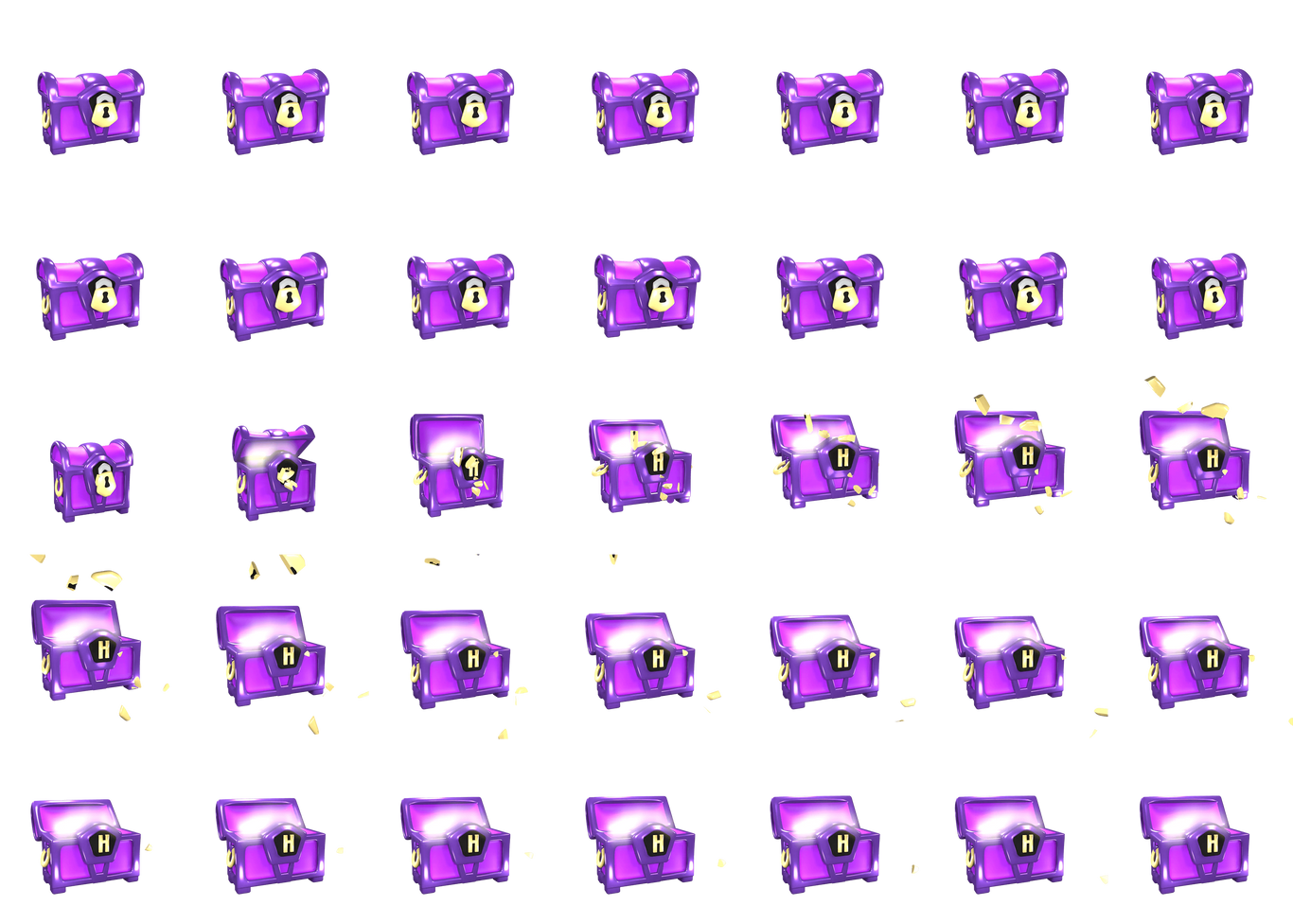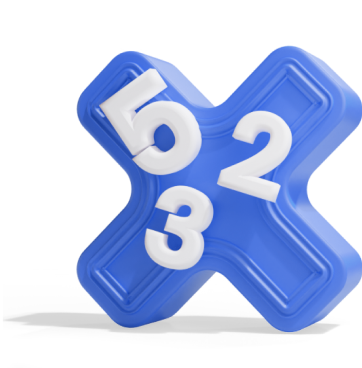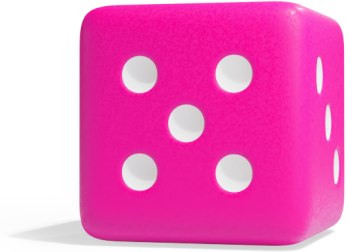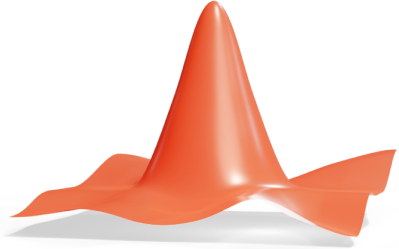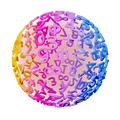6th grade Q1
To solve problems involving subtraction with addition of mixed fractions, you need to follow a step-by-step process:
Let's solve the following problem:
When you have an expression with only addition and subtraction, the order of operation doesn't matter. Let's keep that in mind.
Step 1: Convert mixed fractions to improper fractions
Before performing addition or subtraction, convert the mixed fractions into improper fractions.
For :
For :
For :
Now, the problem becomes:
Step 2: Find a Common Denominator
To subtract or add fractions, you need a common denominator. The denominators here are 2, 3, and 4. The least common denominator of 2, 3, and 4 is 12. Now, you’ll convert all the fractions so they have a denominator of 12.
For , multiply the numerator and denominator by 6 to get:
For , multiply the numerator and denominator by 4 to get:
For , multiply the numerator and denominator by 3 to get:
Now the expression becomes:
Step 3: Perform subtraction and addition
Now that the fractions have the same denominator, you can perform the subtraction and addition. As the order of operation doesn't matter, let's start from the left by subtracting :
Next, add :
49 and 12 don't have any common factors, so can't be simplified.
Step 4: Convert the result to a mixed fraction (if needed)
As the numerator is greater than the denominator, can be convert back to a mixed fraction. To do this, divide 49 by 12 which equals 4 with a remainder of 1. So,
Final Answer:
